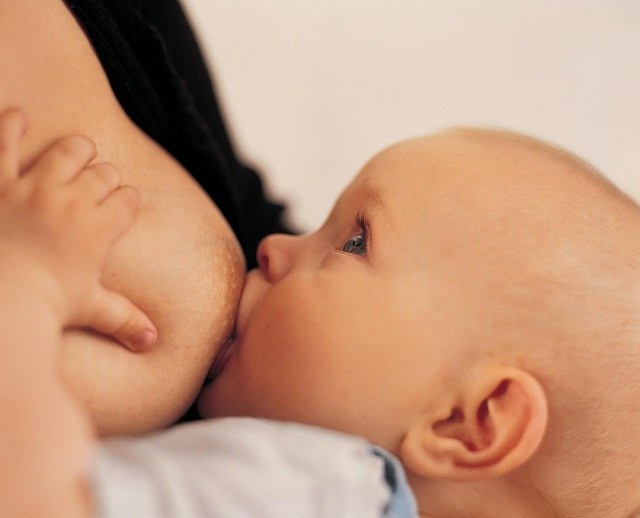Instruction
1
Count the number of wet diapers during the day. Receiving adequate nutrition, the baby is normal and urinating more than 6-8 times a day. If you use disposable diapers, discard them for 1-2 days in favor of a gauze or tissue to get the real picture.
2
Carefully examine the baby's stool. Considered normal yellow color and granular structure, allowed the presence of undigested lumps. The baby who is getting enough high calorie milk, the chair happens 1-2 times a day, or more often because breast milk has a natural laxative effect.
3
Green baby chair can mean Lactasoy failure: during feeding, he sucks so-called front milk that contains a lot of sugar, but don't get more fat "hind" milkthat has the highest nutritional value. Perhaps such power it really is not enough for normal development.
4
Rate your Boobs before feeding and after it: before the application of the child she is tight and full, and after – soft and visibly empty, so the kid ate. Leaking between breast-feeding suggests that milk is produced well.
5
Pay attention to the behavior of the child during feeding if he had rounded cheeks, he releases the breast and falls asleep or not asleep but seems happy and calm, so he fed. If after the meal, the baby spits up curd mass or serum, the problem of insufficient milk is not at all: these are signs of overfeeding. But with regurgitation of milk you need to contact the pediatrician or the neurologist (there may be other problems).
6
Follow the weight gain of the child. In the first 2 months the kids normal gain of 100-200 g per week for up to 6 months – 400-1000 g per month, from 6 months to a year – 400-500 g per month. These indicators are average, but the overall gain depends on the individual characteristics of the child: body weight at birth, height, body type, etc.
7
Perform the following test: using two fingers, pinch the area of skin of a child over muscles and bones. The baby receiving adequate nutrition, it is dense and elastic to the touch, because it has good fat. Freely behind the bones and muscles wrinkled skin suggests that the child is not enough milk. Try to establish breastfeeding and consult your pediatrician, who will prescribe supplementary feeding.





